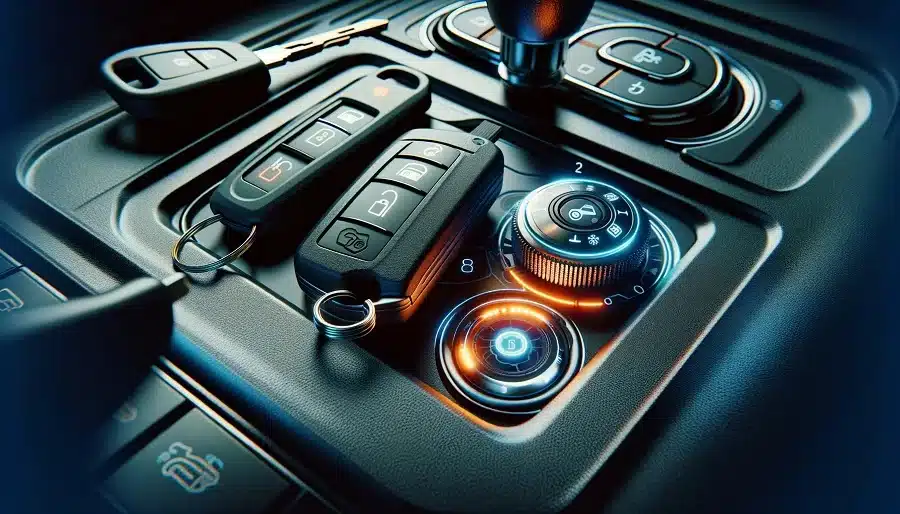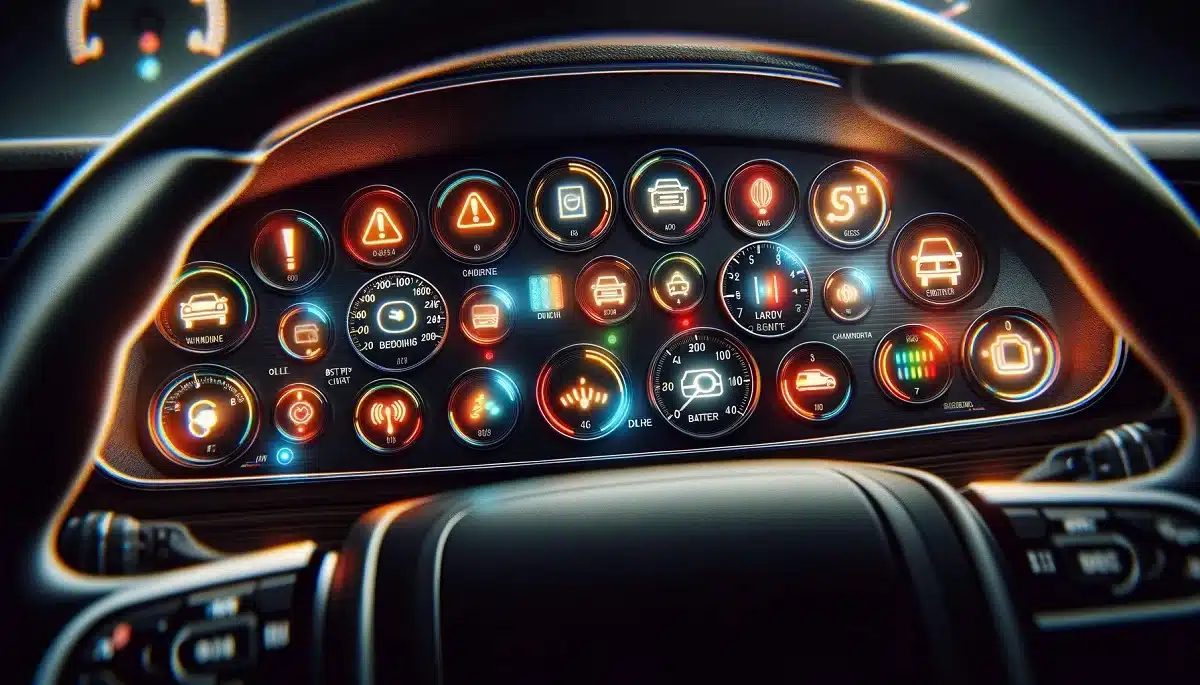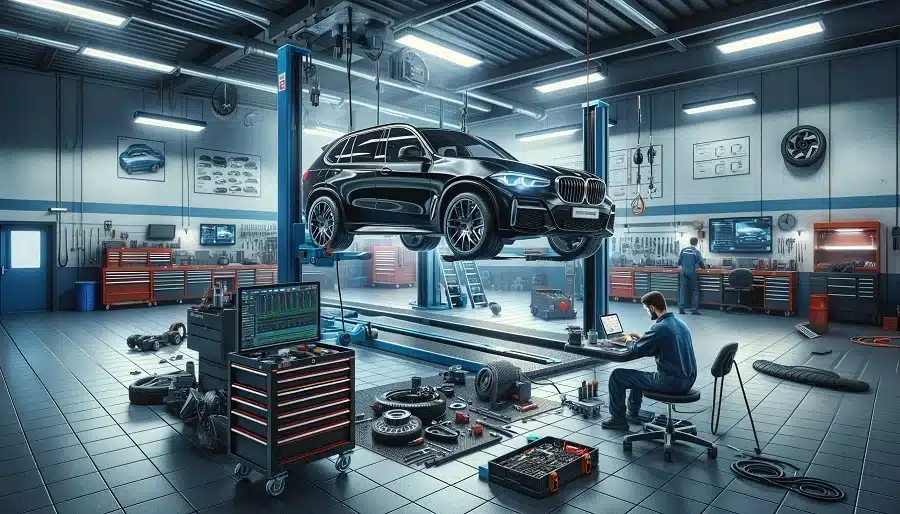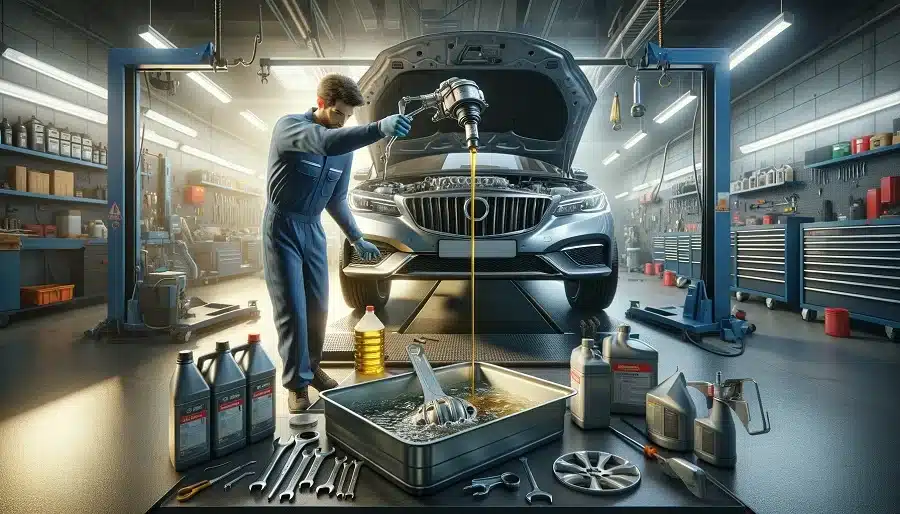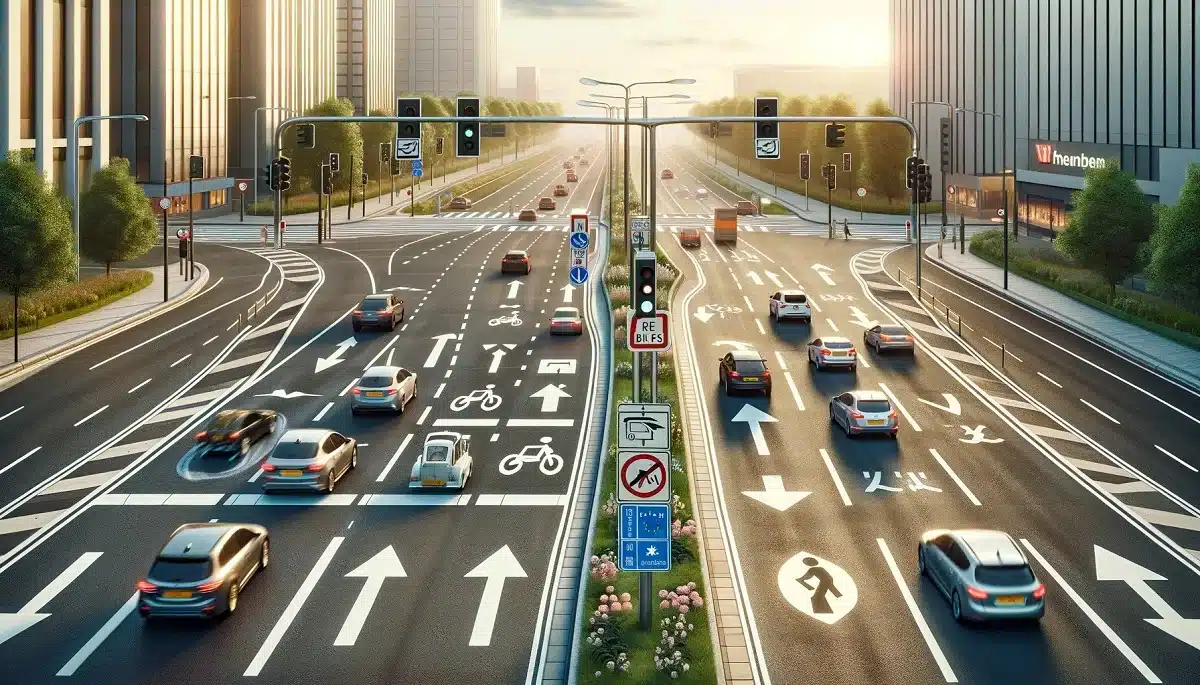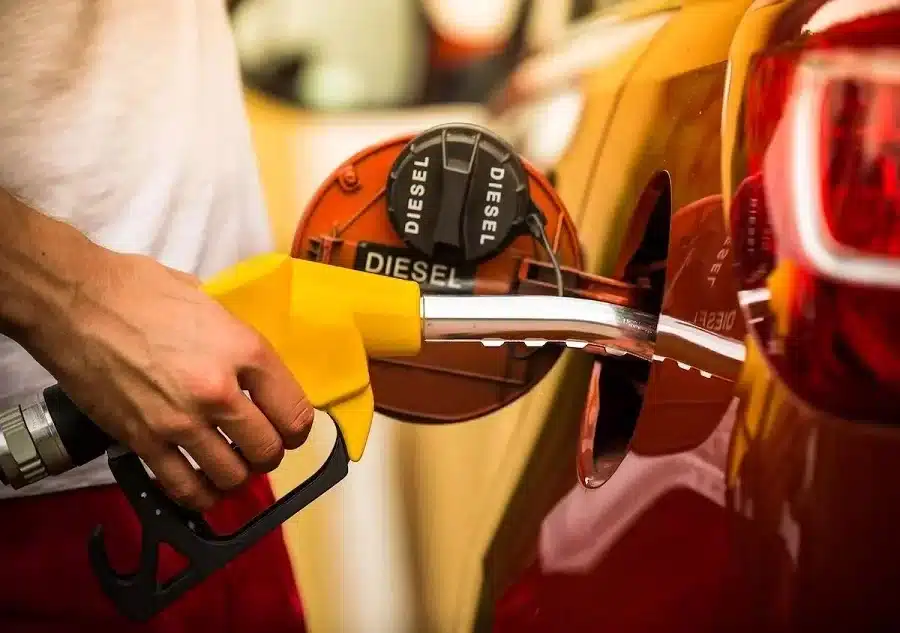The start-stop system has become an increasingly common feature in modern vehicles, designed specifically to reduce fuel consumption and emissions during the frequent stop-and-go traffic of large cities. By preventing the engine from running unnecessarily, this system offers fuel savings and reduces the environmental impact.
How the Start-Stop System Works
The start-stop system automatically stops the engine when the vehicle comes to a halt and restarts it as soon as it’s ready to move again. This process reduces fuel consumption and emissions. The system operates differently in manual and automatic transmission vehicles:
- In manual vehicles, the engine restarts as soon as the driver presses the clutch.
- In automatic vehicles, the engine restarts when the brake pedal is released.
Benefits of the Start-Stop System
- Fuel Savings: By stopping the engine during traffic halts, unnecessary fuel consumption is prevented.
- Eco-Friendly: Reduced fuel consumption means lower carbon dioxide emissions, minimizing the environmental impact.
- Extended Engine Life: Preventing the engine from running unnecessarily contributes to a longer engine lifespan.
Using the Start-Stop System
For drivers who prefer not to use this system, vehicles typically offer the option to manually disable it. This is usually done through a button on the steering panel, often symbolized with an “A.”
When Does the Start-Stop System Not Work?
The start-stop system will not activate under certain conditions, including if the seat belt is not fastened, the hood is open, or the battery charge level is low. Additionally, the system will not engage if the engine coolant temperature is below the optimal level or if the vehicle is on even a slight incline.
Conclusion
The start-stop system represents a significant technological advancement in terms of fuel savings and reducing environmental impacts. Becoming increasingly standard in modern vehicles, this feature benefits both drivers and the environment. However, it’s important to remember that certain conditions must be met for the system to operate correctly. This system is just one of the steps the automotive industry is taking towards sustainability and eco-friendly technologies.
